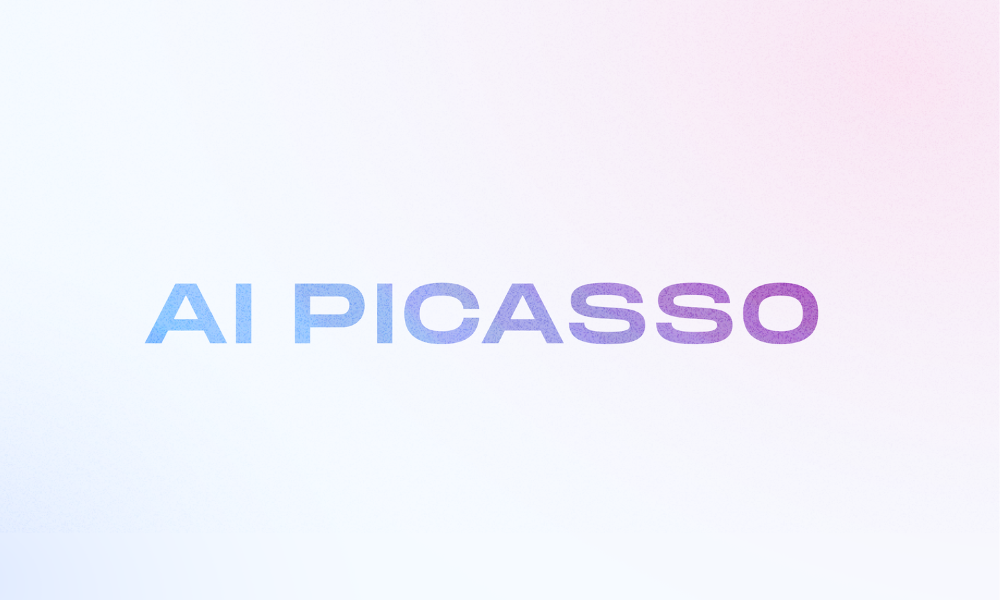AI Picasso is an AI-powered Image Generating Tool that enables users to generate images using verbal prompts and rudimentary graphics. It uses Artificial Intelligence (AI) called stable diffusion to create an image from the text you enter.
Furthermore, the user enters phrases into the prompts, which the AI interprets and creates artwork.
Features
- Enter Prompt to Generate Art via AI.
- Generate Illustrations from Rough Drawing.
- Edit Filled Areas with User Prompts.
- Analyze the Distinctive Artistic Style.
- Easy to Use
- Amazing Artwork
- Prompt-based Art
- Powerful AI
- Make Illustrations
Similar to AI Picasso
1: CogView
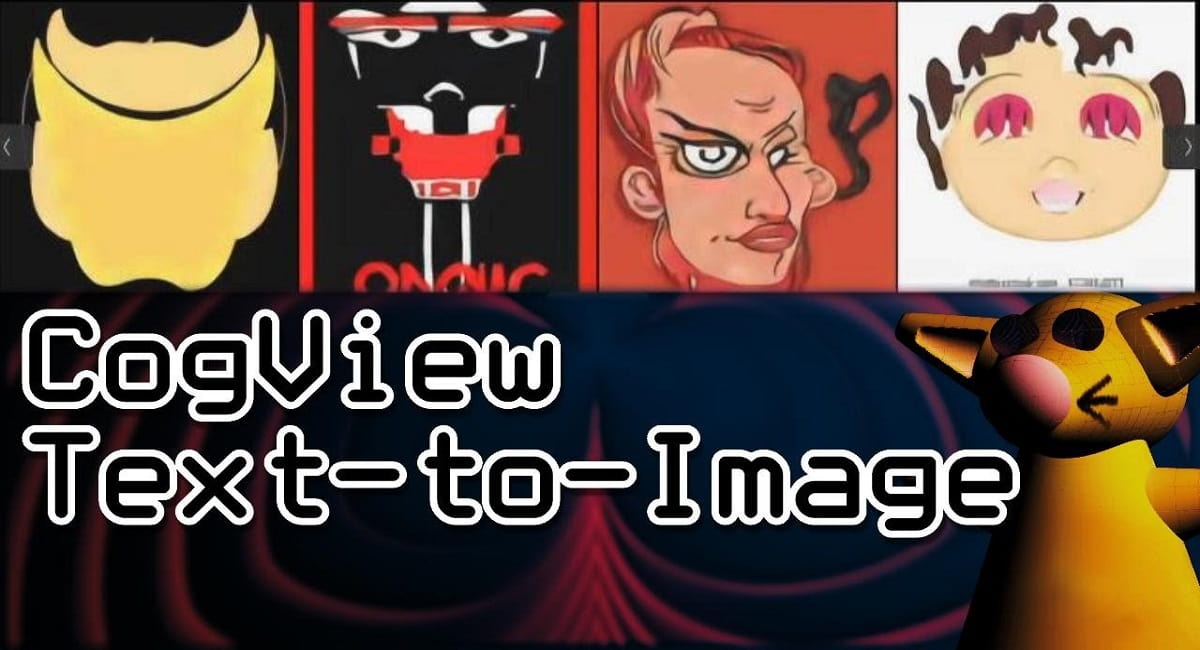
CogView is an advance-based solution provider regarding the text-to-picture model with the exception and utilizing a conventional VQ-VAE rather than dVAE. This platform can let developers calibrate with the model for style-learning, super-goal, picture subtitling, design plan, and show tests yet don't give quantitative outcomes. CaptionScore proposes a picture text metric based on the probability of text tokens relegated from this platform. CogView is also used to choose the best txt2img up-and-comer Amon 60, unlike other platforms that depend on…
2: VQGAN+CLIP
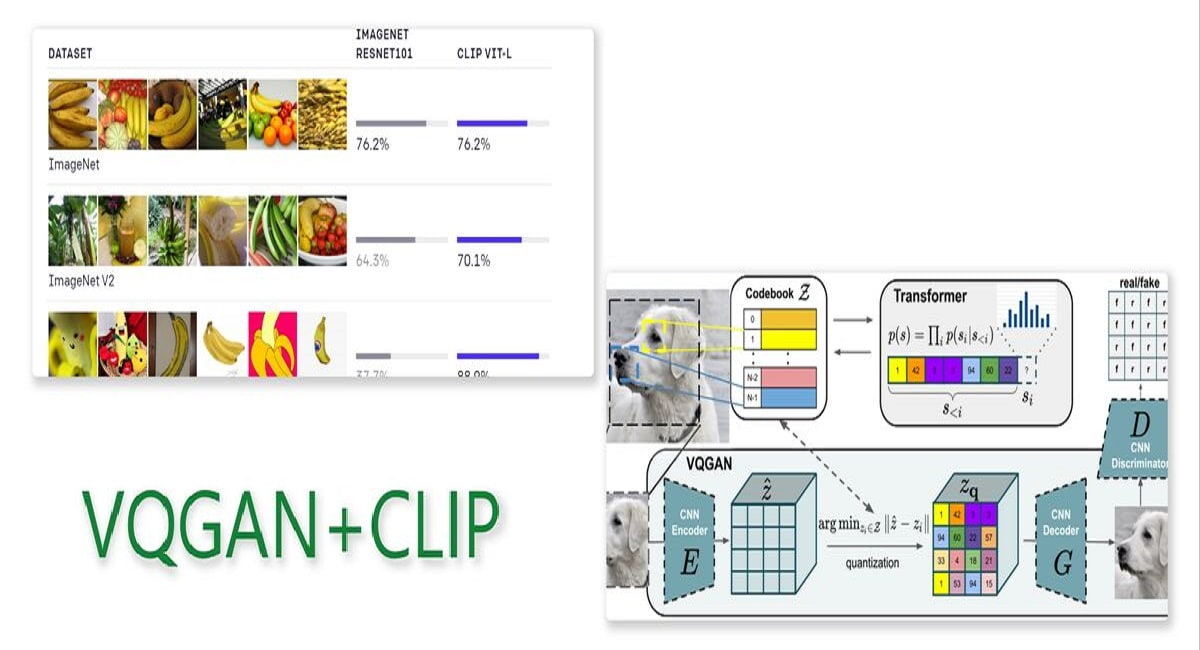
VQGAN+CLIP is a brain network engineering distributed by OpenAI in January 2021 and expands upon the progressive CLIP design. These apparatuses have made unique features that make it different from other AI workmanships: its high goal nature and fresh and intelligent working system. There have been other text-to-picture models, like AttentionGAN, yet its engineering welcomes it on an unheard-of level. It is a blend of two brain network models: VQGAN and CLIPand clients should have to analyze these two separately…
3: NeuralBlender
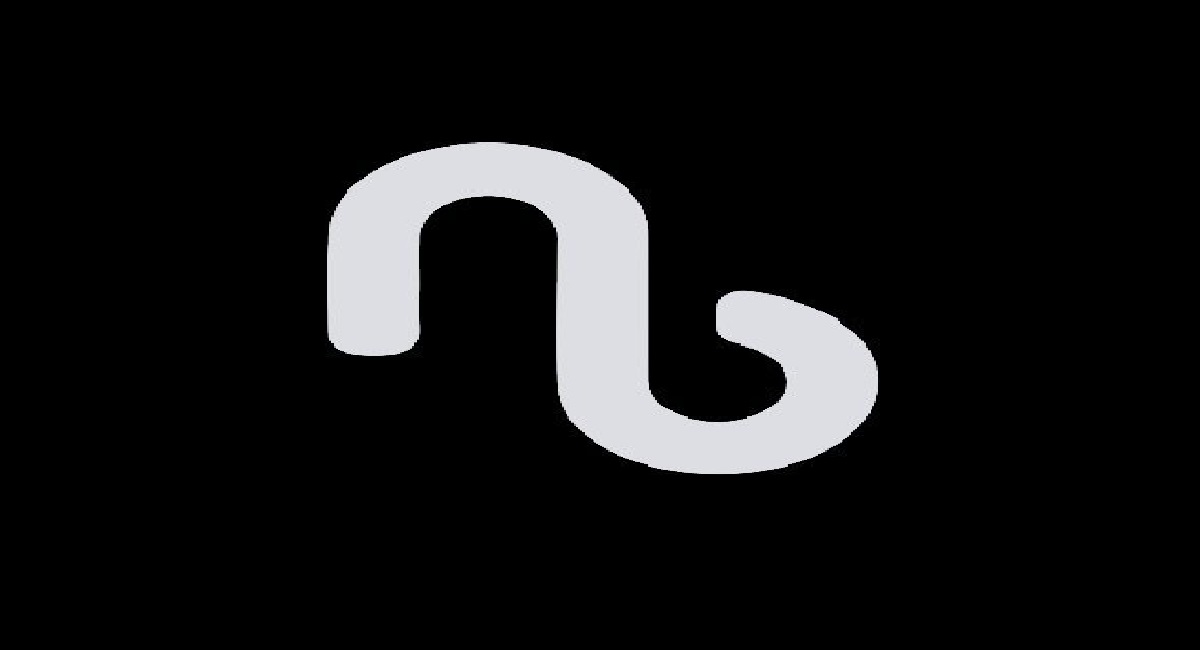
NeuralBlender is a software that utilizes best-in-class AI innovation to produce pictures from text input. This program has a complementary plan that permits anybody to make pictures for nothing. Credits may be required and will naturally choose the superior level contingent upon the settings they choose. Choosing a Mix will permit users to select an alternate sort of AI model NeuralBlender utilizes, and each model has its remarkable person. Excellent outcomes can be astonishing, yet now and again, it creates…
4: AI Art Maker

AI Art Maker can transform users' creative minds into artistry, and if clients want to make AI crafts for NFT can check out its NFT generator. Its AI makes crafts and pictures because of text guidelines controlled by the most recent innovation. AI Art Maker has a great AI but not the best, but still, clients can make sensible changes to the seed picture with basic, substantial directions. This product stores cryptographic hashes of produced illustrations, not the actual designs…
5: ProsePainter
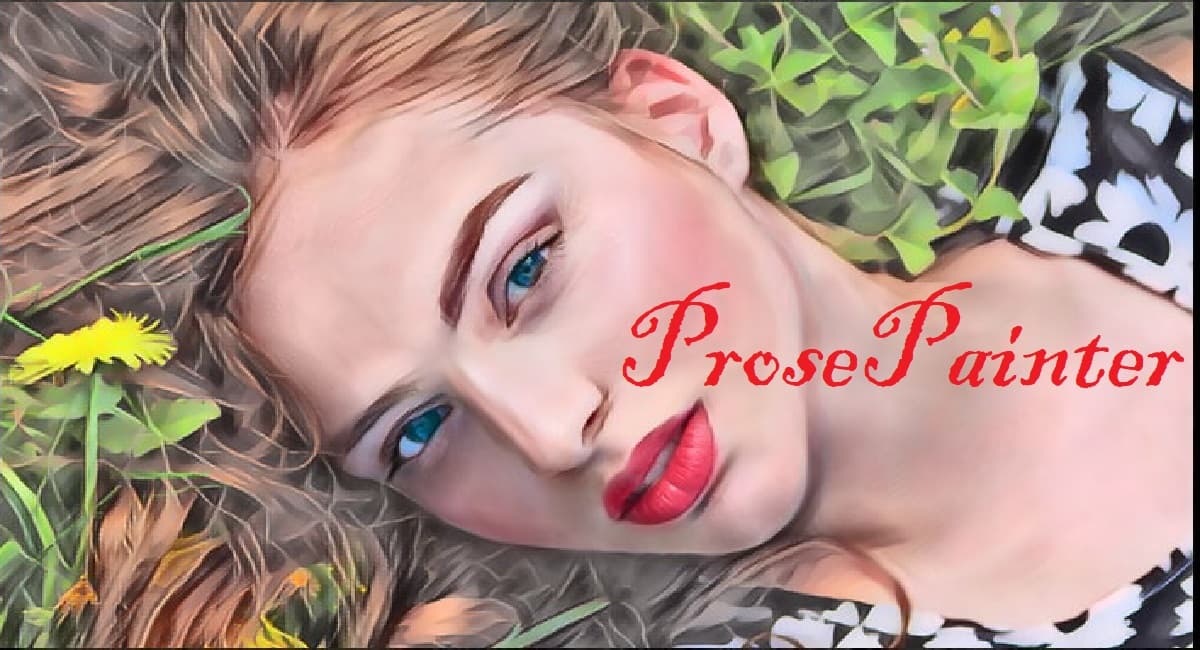
ProsePainter is an intelligent platform that integrates guidable text-to-picture age into a conventional computerized painting connection point. This arrangement supervisor includes rich and offers many impacts, bubbles, channels, and different things that assist you with making fantastic stuff. It has a gigantic exhibition, and clients can undoubtedly tweak each picture with the next as far as possible. ProsePainter also acts as an exhaustive app that accompanies every one of the main instruments and elements, such as a simple to utilize…
6: Hypnogram.XYZ
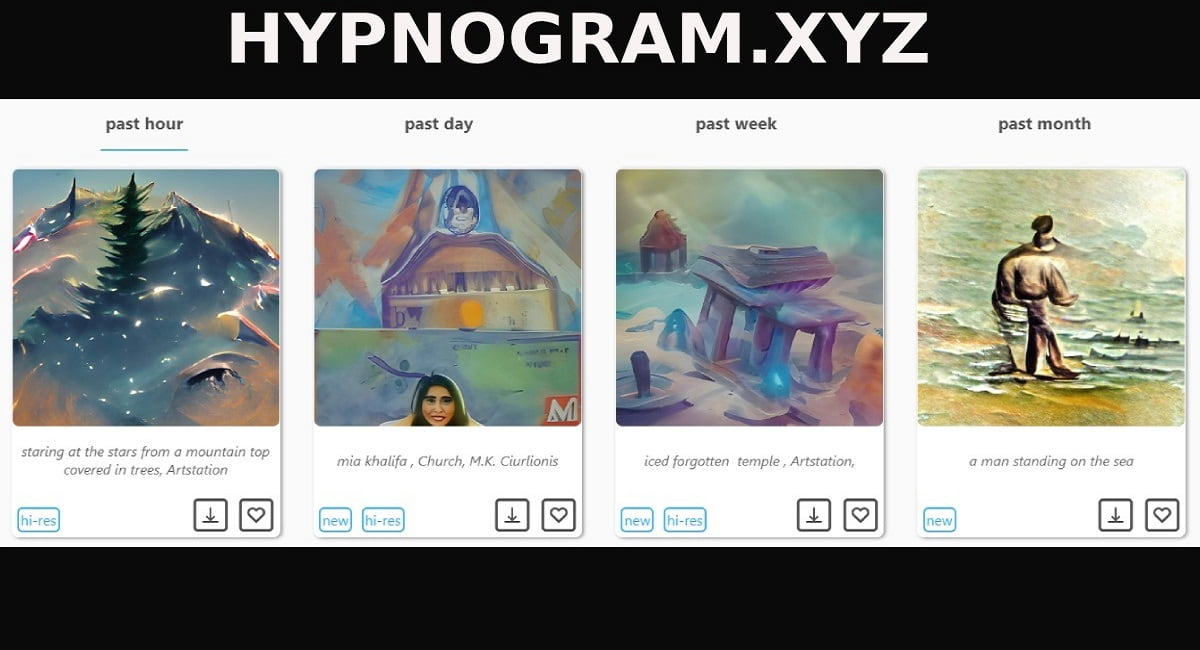
HypnogramXYZ is an application that uses AI calculations to create artists in light of client data input. It is straightforward to utilize, but clients should be explicit and utilize the words that characterize the subject to make the best picture. HypnogramXYZ is viable with all gadgets and can utilize on PCs, tablets, iOS, Android, and others. They depend upon calculations, so the whole rationale behind the production of thoughts depends totally on the AI calculation, which can support the formation…
7: Starryai
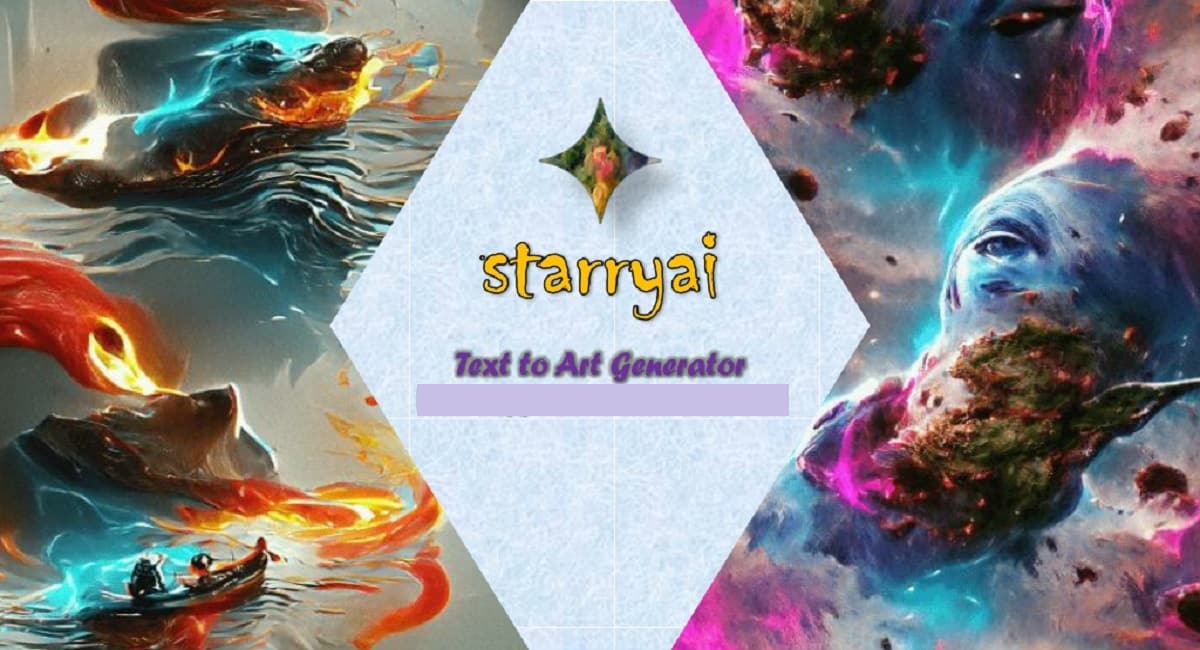
Starryai is an AI artistry generator application on which clients have to enter a text brief, and our AI changes their words into show-stoppers. Simulated intelligence Art age is a relentless cycle requiring specialized skill, consequently becoming very unavailable for some trying creatives who try to fiddle with this craftsmanship medium. Clients can give it a shot today and join many GAN artisans; this app is free for Android and IOS. To assist with combatting this and to make AI…
8: AI Art Studio by Latitude
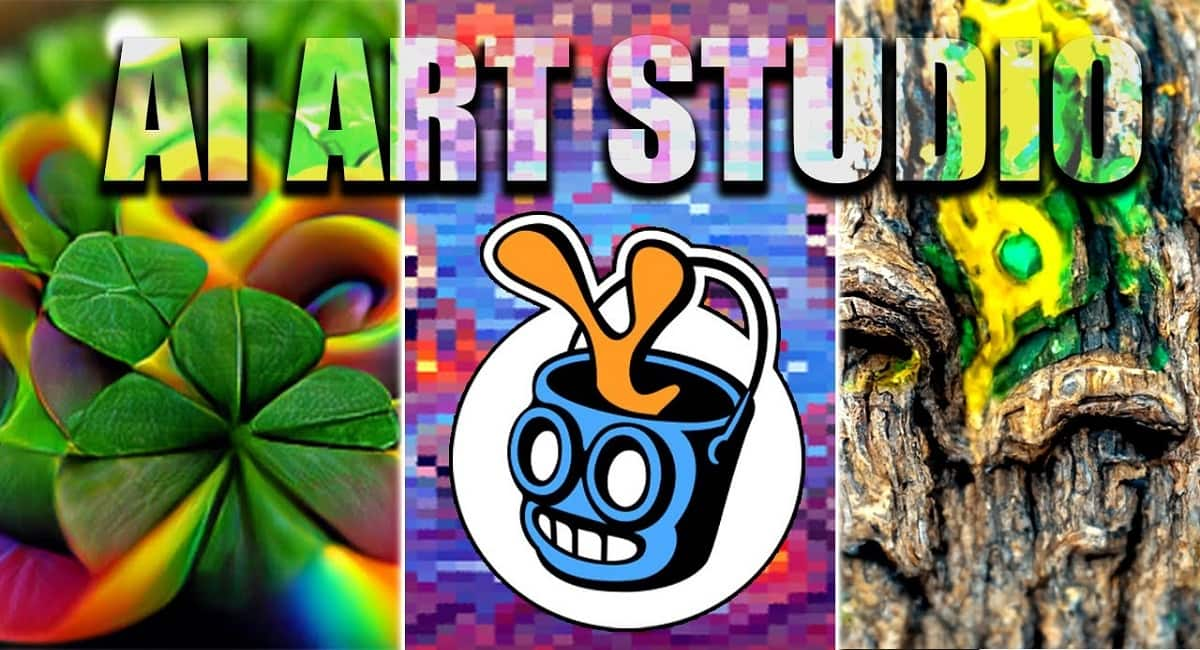
AI Art Studio by Latitude is a maker of new universes with a mission to empower immense and living AI-fueled galaxies for individuals to investigate the whole world. The universes made by latitude are more dynamic, innovative, and have vast conceivable outcomes, which is why they are fascinating and vivid on the ground. AI Art Studio by Latitude will be the single spot for individuals to go to get to AI-driven encounters, fascinating universes, building immense, and games that individuals…
9: Dall-E
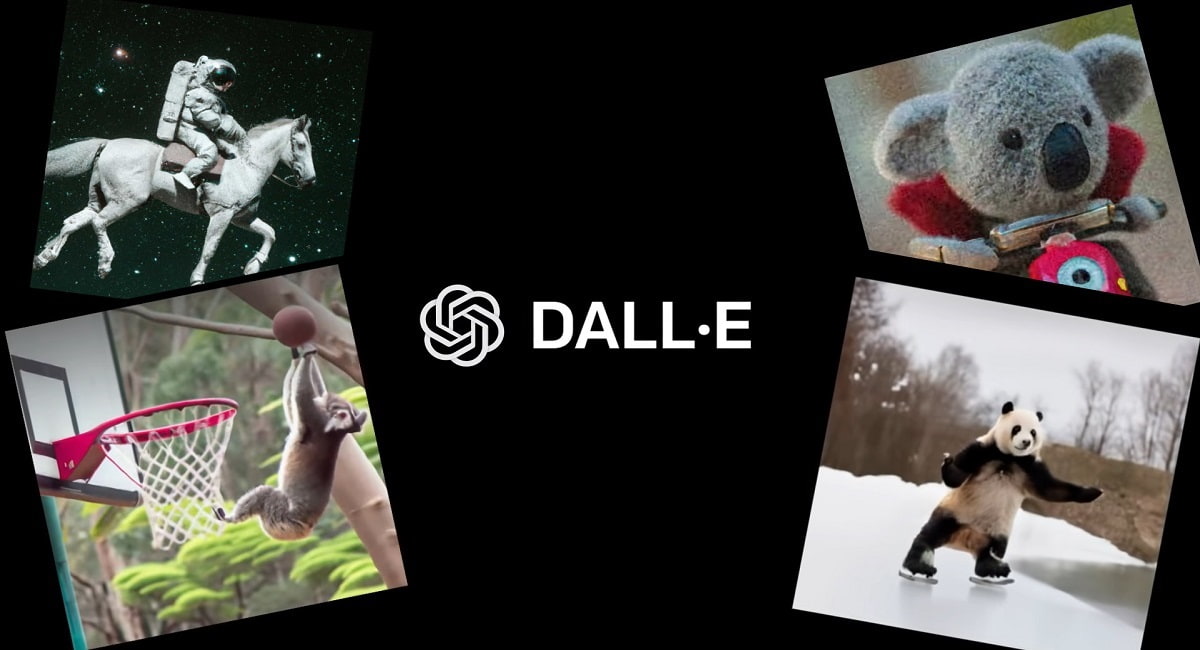
DALL·E is an application utilizing a dataset of text to photo matches which is a 12-billion boundary rendition of GPT-3, which is prepared to produce pictures from the text. Developers perceive that work including generative models has the potential for massive, expansive cultural effects because it is easy to recover any rectangular district of a current picture that stretches out to the base right corner in a way that is predictable with the text brief. Makers have intended to examine…
10: Snowpixel
Snowpixel is a platform where clients can transform their briefs into the best craftsmanship. Users can choose their favored model and make their record, Insert a text brief or transfer a current picture. It is more structured, innovative, and defined so the clients can alter their last ages as Snowpixel can create more unique photos at once, and it is the users' property. Customers can make mediator pictures called drafts and pick the best from them to at last run…
11: DALL·E 2
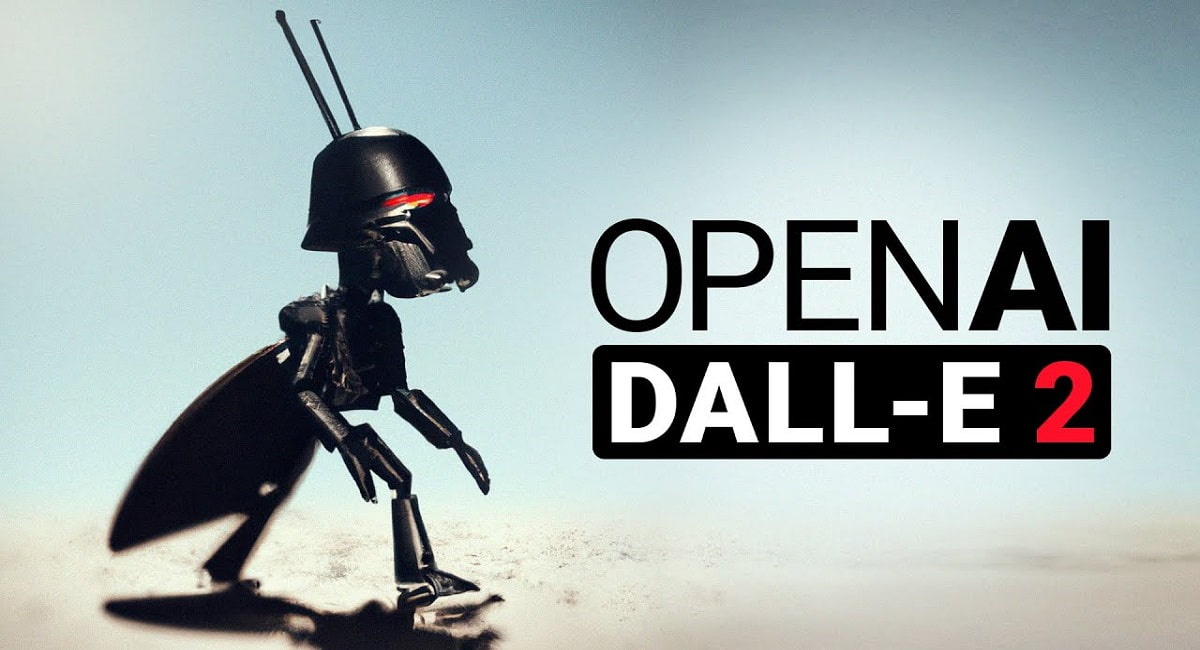
DALL·E 2 is another AI framework that can make good pictures and craftsmanship from a depiction in everyday language. It utilizes a cycle known as dissemination, which begins with an example of irregular specks and slowly changes that example towards a picture when it perceives explicit parts of that picture. This program can make unique, reasonable pictures and craftsmanship from a text depiction, and clients can join properties, styles, ideas, and much more. DALL·E 2 can make reasonable alters to…
12: NeuroGen
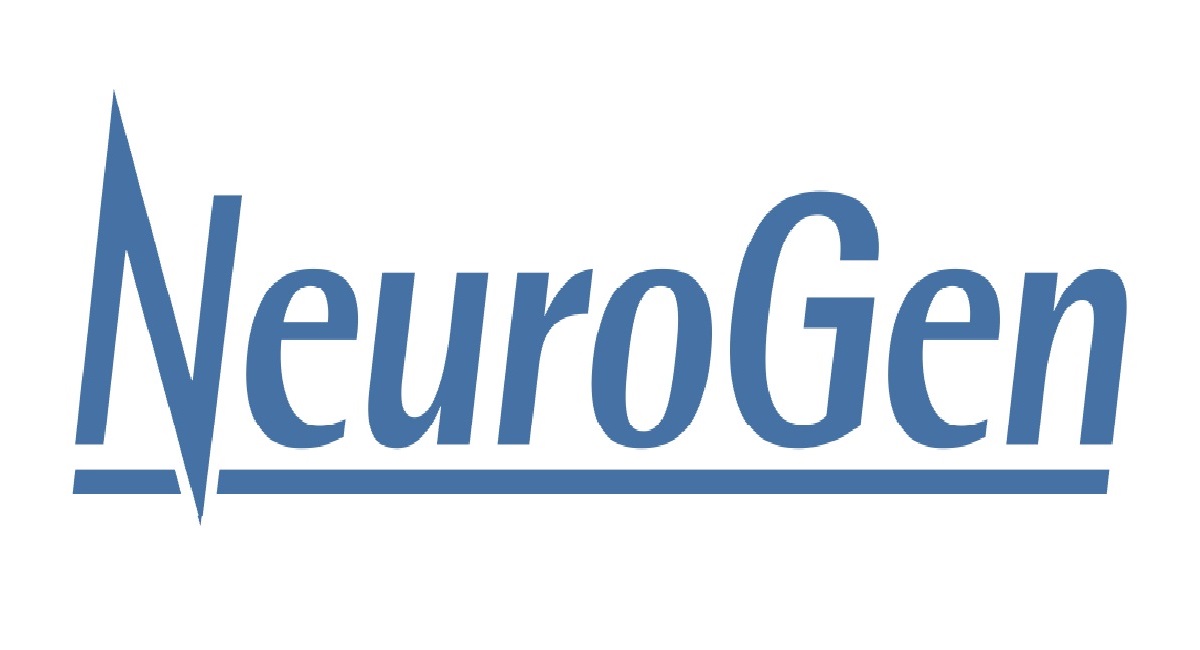
NeuroGen is an online platform that must assist customers with making AI craft rapidly and without any problem. Clients should have to enter the text depicting what they want to see, and it can produce a group of pictures to match that brief. Anyone can easily download this program on their devices and share their masterpiece with the world. Each cluster requires a few minutes to produce, contingent upon the boundaries clients select. In addition, NeuroGen is a platform on…
13: MindsEye Beta
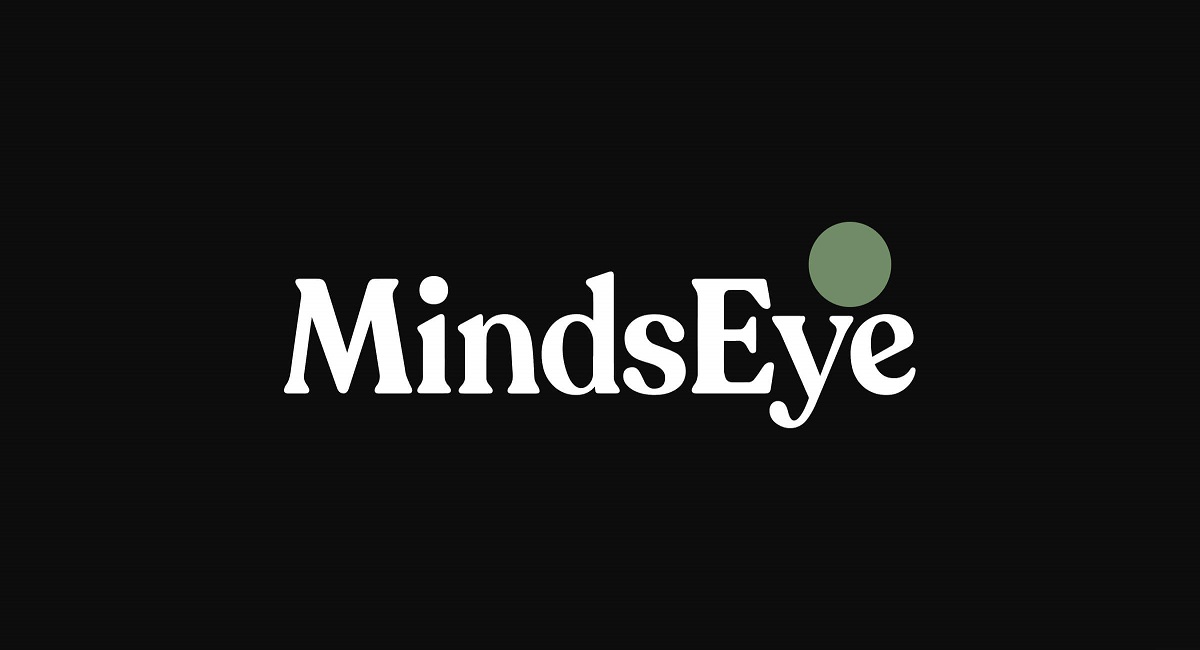
MindsEye beta is a graphical UI worked to run multimodal computer-based intelligence artistry models free of charge from a Google Colab without requiring to alter a solitary line of code or know any programming. Developers have constructed this UI on top of incredible open-source assets from the local area, such as Disco Diffusion v5 and Hypertron v2, more just around the corner. MindsEye application will be sent off utilizing Colab and live on its own GUI. Follow the aides beneath…
14: Craiyon
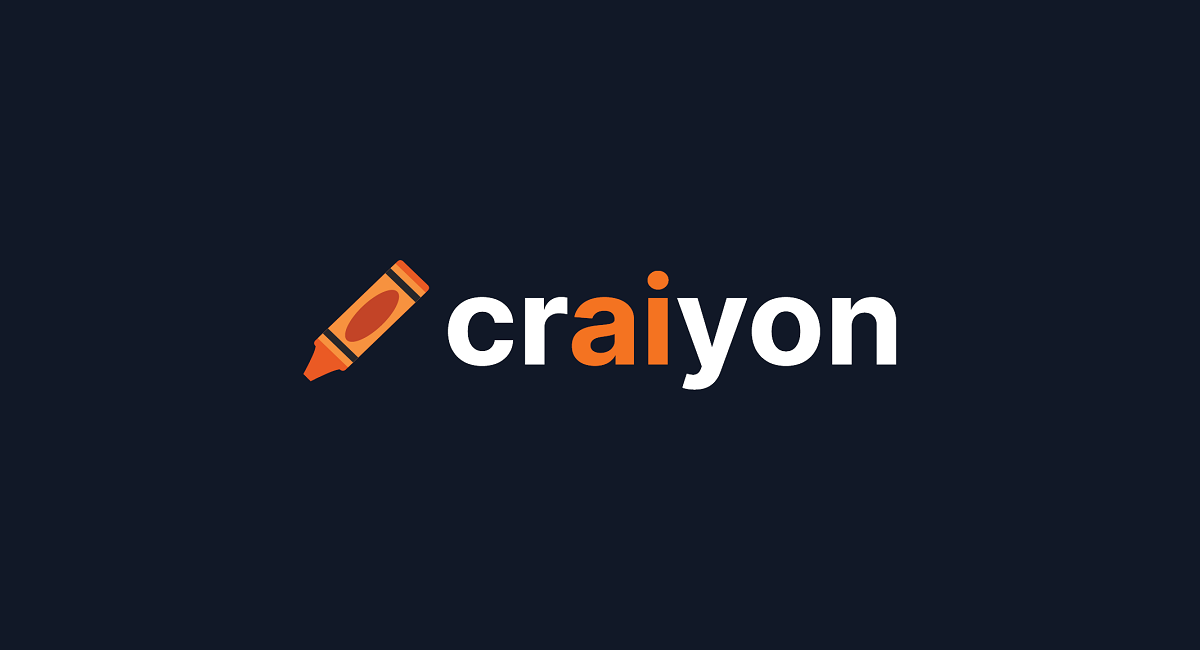
Craiyon, previously known as small DALL·E, is an AI model where clients can draw pictures from any text brief. OpenAI requested that programmers change the name of their application which immediately became viral, to avoid disarray with their model. Clients can work here to examine these constraints' continuous nature and degree and record them in more detail in the DALL·E, smaller than an expected model card. Users can find much more subtleties in the W&B Project Report and can support…
